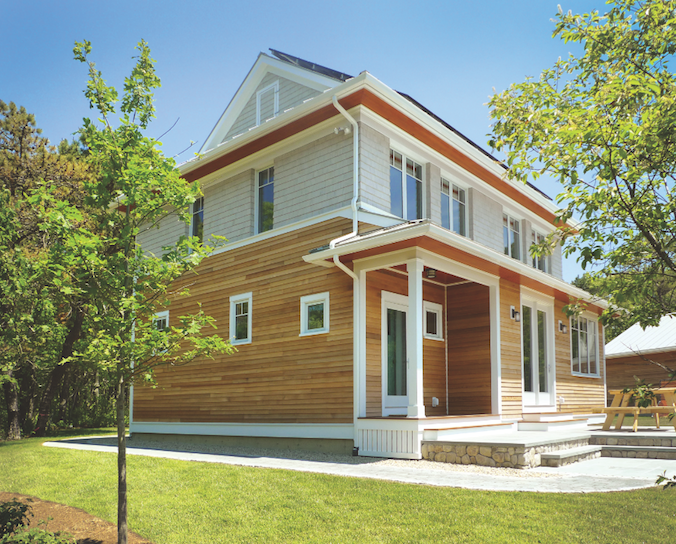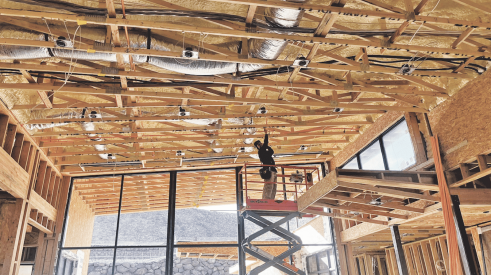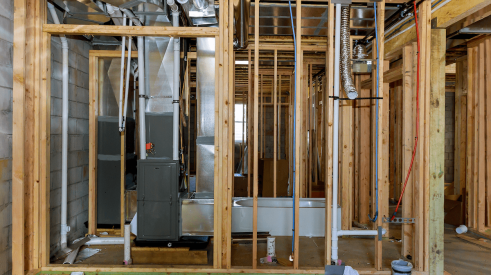LEED used to be the buzzword for energy-efficient homes in the United States, but a new standard in town could be a game-changer: Passive House. This construction standard is the toughest one yet, requiring very low levels of air leakage, very high levels of insulation, and windows with a very low U-factor.
Are You Ready for Passive House?
If you’re getting involved in a Passive House project for the first time, here are a few things to consider:• Become a Passive House consultant. PHIUS offers both virtual and in-class training tailored to North American climate variations, market conditions, and building components.
• Invest in the software. The Passive House Planning Package (PHPP) is available for $225 from either PHIUS or the U.S. Department of Energy. The PHPP calculates energy demand for high-performance buildings. Among other things, the spreadsheet-based software provides data needed to determine a home’s heating and cooling loads and properly size its heating and domestic hot-water systems.
• Precertification is required while the home is still in the design phase. After construction is completed, a field test will be performed to ensure the home meets all parameters.
• Get ready for a learning experience, says CPHC Mike Duclos. “Think things through in the beginning, and have a good plan. If you can pull somebody into the team who has done one of these before, that’s a plus.”
“You maximize gains via passive solar heat gains and internal heat gains from mechanical systems and occupants, and minimize losses via a thick insulated building shell and a great airtight layer achieved through air sealing,” says Eric Barton of Biltmore Insulated Concrete, Highland Park, Ill., a CPHC and Passive House Institute US (PHIUS) Certified Builder who constructs super energy-efficient building shells. “This keeps the internal heat gains within the building envelope and living areas.”
Barton points out that because the specific space heat demand and specific primary energy demand requirements are the same for all climate zones, it’s easier to achieve Passive House standards in a mild climate, such as San Diego, than in a very cold climate such as Duluth, Minn.
Most builders say achieving the standard requires an additional upfront investment of 5-to-10 percent. But Falmouth, Mass., builder Christian Valle says, “The overall incremental costs are not as significant as one might think. The tradeoffs of building a tighter ‘mousetrap’ result in smaller HVAC systems, among other things, which help offset other costs.”
While Passive Houses are more challenging to build than standard homes, Valle believes that as more builders get on board, the learning curve will shorten. “The building industry has trended toward energy-efficient construction, driven by clients and more rigid energy codes,” he says. “Builders are paying attention to air-sealing and insulation details. That’s what Passive House is really about, in a nutshell.”
As the movement gains momentum, though, American window makers are going to have to up their game.
“We don’t make great windows in this country, but that’s starting to change,” Barton says. “Some manufacturers are stepping up to the plate.”
Reading, Mass., architect Steven Baczek collaborated with Duclos on the Massachusetts home featured here. Baczek laments that “nobody [in the U.S.] makes a cheap, triple-glazed, Passive House-certified window. Your window package is going to go from $20,000 to $45,000. On the other hand, $300 a year to heat, cool, and supply hot water for a 2,000-square-foot house is pretty amazing.”
Extreme Energy Savings
Valle Group’s first Passive House was built for a client who was firmly committed to a rigorous standard of energy efficiency. The home sits on six acres of wooded land in East Falmouth, Mass., and includes a large organic garden.
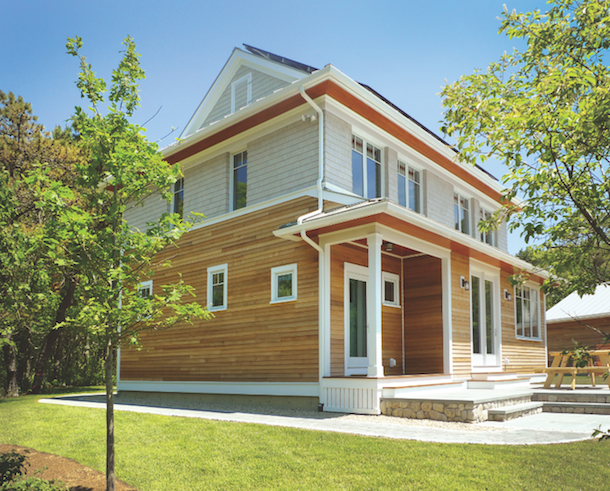
Photos: John L. Moore
The 2,000-square-foot home has 17-inch-thick exterior walls. The R-values surpass those of a conventionally built home: R-105 in the ceiling, R-72 in the walls, and R-77 in the floor. The custom-built, triple-pane windows, which were made in Canada and shipped to the site, feature different glazing techniques depending on their location in the house. They allow for maximum solar gain on the south elevations and minimum heat loss on the north elevations. As a result, says Baczek, 57 percent of the home’s heat energy is generated by the windows.
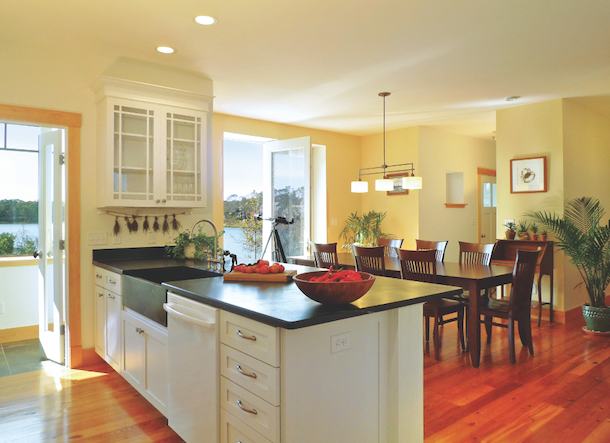
A heat-recovery ventilator captures heat from stale exhaust air and introduces it back into the house through incoming fresh air. The home’s heating load is minimal, allowing a high-efficiency, electric air-source heat pump to be used in lieu of a boiler or furnace. The actual heating load of 8.6 million BTUs per year is at least 50-percent lower than the annual heating and cooling energy consumption of a similar home in the same climate zone, Valle says.
At press time, Valle Group was in the design and precertification process for two more Passive Houses. Construction is expected to begin in the next few months.
First in Chicago
As a college student, Brandon Weiss played professional basketball in Europe. One of the towns he played in was Darmstadt, Germany, home of the Passivhaus Institut. “That really opened my eyes to a better, more efficient, and more durable way of building homes,” Weiss says.
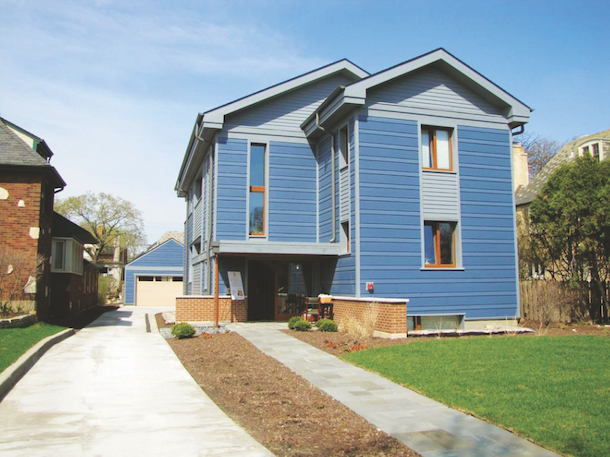
Photos: Tom Bassett-Dilley
A Brief History of Passive House
1970sThe phrase “passive solar house” is coined to describe houses with extra thermal mass and extensive south-facing windows; demonstration houses are built in the U.S. and Canada.1988A conversation between Swedish professor Bo Adamson and German physicist Dr. Wolfgang Feist leads to development of Passivhaus standard.1991Feist builds first Passivhaus prototype in Darmstadt, Germany.1996Feist founds Passivhaus Institut and obtains funding for major research project involving hundreds of houses all over Europe.2003German architect Katrin Klingenberg builds home to Passivhaus standard in Urbana, Ill., and goes on to found Passive House Institute US.2006America’s first certified Passive House is built in Minnesota.
The clients wanted a concrete home, which is not a requirement for Passive House certification but does add significantly to its durability. Insulated concrete forms (ICFs) run from the footings to the roof. “Part of the [reason] we did so well on airtightness is the ICFs,” says ICF contractor Eric Barton. “When you pour the concrete into the ICF blocks, it naturally fills the void, creating an airtight exterior building shell. In a wood-frame house, we would have had to tape all the seams and plywood butt joints. Here, all we had to worry about was taping around the windows for the air sealing.”
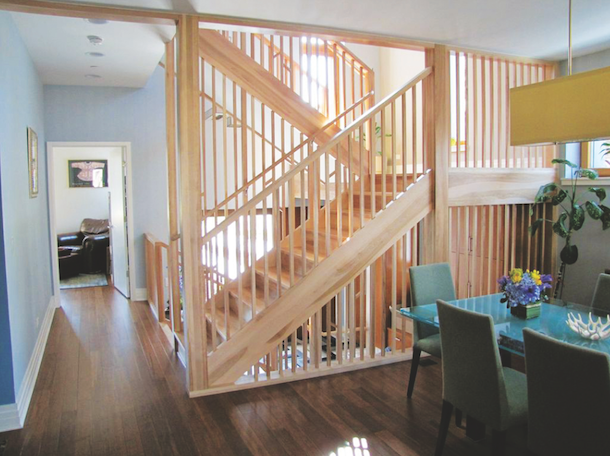
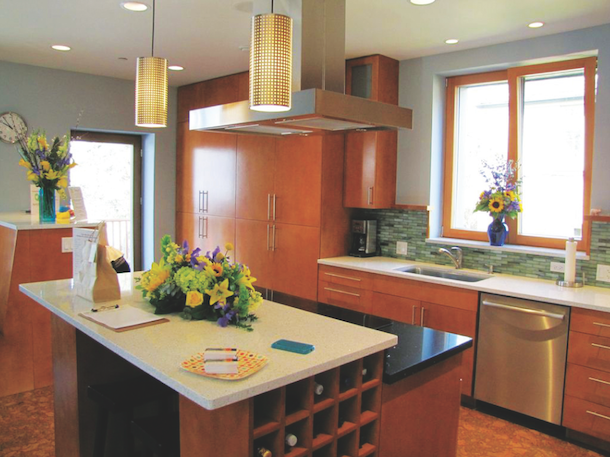
Urban Renewal
Tim McDonald believes Passive House is best suited for large-scale multifamily, urban buildings, and needs to be promoted as such. Long a proponent of sustainability, McDonald’s company, Onion Flats, was one of the first to design and build to LEED Platinum standards in Philadelphia.
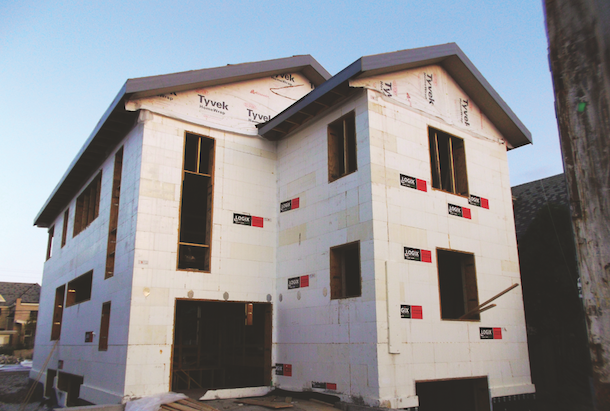
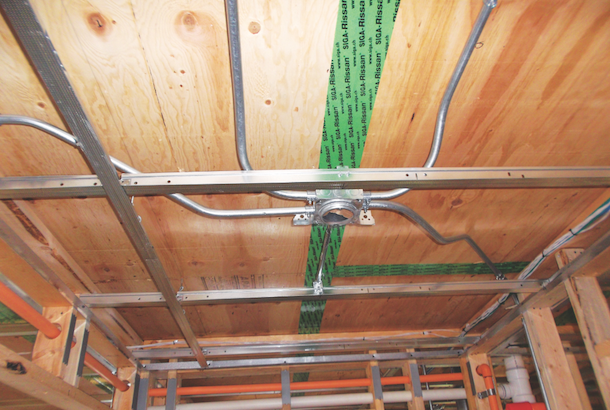
Advertisement
Related Stories
Construction
5 Steps to Cracking the Code for a High-Performance Home
As a model of energy savings, water conservation, indoor comfort and health, and use of on-site renewable energy, The New American Home 2024 offers valuable lessons
Sustainability
Which Green Building Practices Are Home Builders Using Most?
A recent report reveals which green-building practices are most popular among single-family home builders and remodelers
Codes + Standards
Public Comment Period Opens for National Green Building Standard Updates
The 45-day public comment period for draft 2 of the 2024 NGBS begins on April 12, 2024


